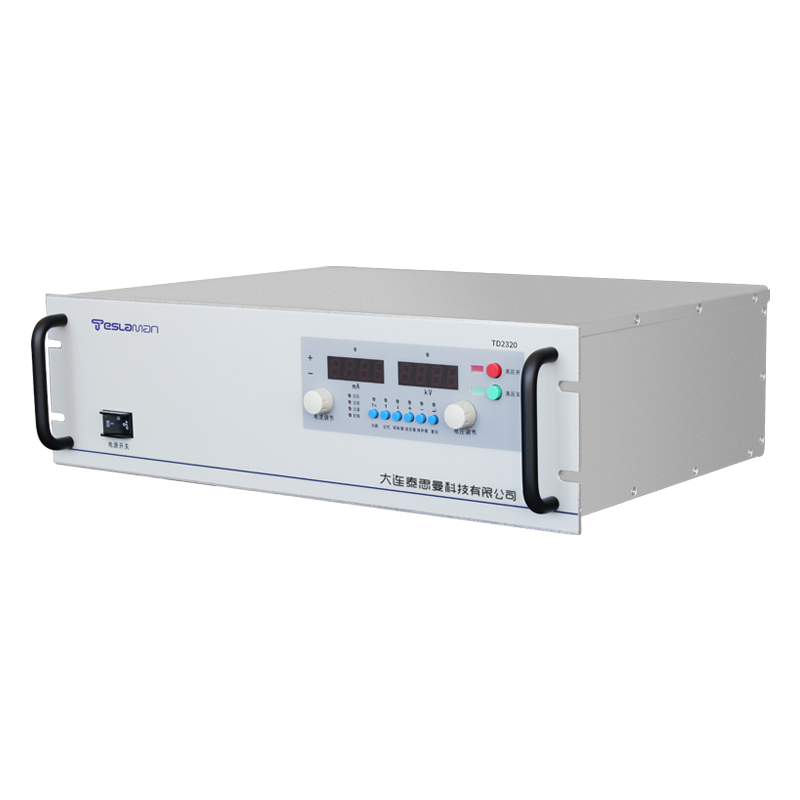Power Consumption Optimization in High-Voltage Power Supplies for Neutron Generators: Challenges and Innovations
As core equipment in nuclear technology applications, neutron generators rely heavily on high-voltage power supplies (HVPS), where power consumption directly impacts efficiency, stability, and longevity. The HVPS must deliver stable high voltage (typically tens to hundreds of kV) for particle acceleration, with energy losses arising from voltage conversion, insulation dielectric loss, thermal effects, and secondary electron phenomena. This article analyzes the composition, impact mechanisms, and optimization strategies for power consumption.
1. Core Sources of Power Consumption
1. High-Voltage Conversion and Transmission Losses
Voltage multiplication circuits (e.g., Cockcroft-Walton generators) incur joule heating losses in rectifiers and transformers due to internal resistance. Studies show that conversion losses alone account for 15%-25% of total input power.
2. Secondary Electron-Induced Energy Loss
When deuteron beams strike targets (e.g., titanium), secondary electrons are ejected. These electrons accelerate backward, generating a reflux current that increases the HVPS load. Experiments indicate secondary electron currents can reach 30%-50% of the total beam current, significantly increasing energy waste.
3. Insulation Dielectric and Cooling Losses
Insulation materials (e.g., epoxy, ceramics) exhibit dielectric losses under high voltage, exacerbated by humidity or high temperatures. Concurrently, cooling systems (e.g., liquid/air cooling) consume additional power to maintain thermal stability.
2. Impacts of Excessive Power Consumption
1. Reduced System Stability
Increased temperatures accelerate insulation aging, raising partial discharge risks. Voltage breakdowns may occur, causing neutron yield fluctuations or shutdowns.
2. Energy Efficiency and Economic Penalties
Limited space in compact neutron generators restricts heat dissipation. High power consumption forces cooling systems to operate at maximum capacity, lowering overall efficiency (below 60% in some devices) and increasing operational costs.
3. Shortened Component Lifespan
Secondary electron reflux bombards ion source chambers, causing ceramic window pitting and vacuum degradation. Unsuppressed electrons elevate chamber temperatures, releasing adsorbed gases and triggering frequent high-voltage arcing.
3. Key Optimization Technologies
1. Secondary Electron Suppression
Resistive Suppression: Series resistors (300–500 kΩ) absorb secondary electron energy, reducing reflux currents by 23% without compromising neutron yield.
Magnetic Suppression: Permanent magnets (e.g., 1.3 T remanence) deflect electron trajectories. Simulations show 100 Gs fields confine electrons near targets, minimizing power load.
2. Efficient Insulation and Thermal Design
Low-loss materials (e.g., PTFE, nano-ceramics) reduce dielectric dissipation;
Graded grading rings with distributed resistors balance electric fields, mitigating partial discharges;
Microchannel liquid cooling improves heat dissipation efficiency by 40%, cutting cooling power by 15%.
3. Intelligent Power Management
Real-time monitoring modules dynamically adjust output parameters:
Target voltage modulation based on beam requirements prevents idle/light-load waste;
Temperature-feedback-controlled cooling minimizes thermal management energy.
4. Future Perspectives
Wide-bandgap semiconductors (e.g., SiC devices) could boost conversion efficiency beyond 90%. Novel conductive materials (e.g., carbon nanotube-enhanced electrodes) may further reduce transmission losses. AI-driven power consumption models will advance HVPS toward low-consumption, high-stability, compact designs, bolstering reliability in nuclear medicine and industrial inspection.




















